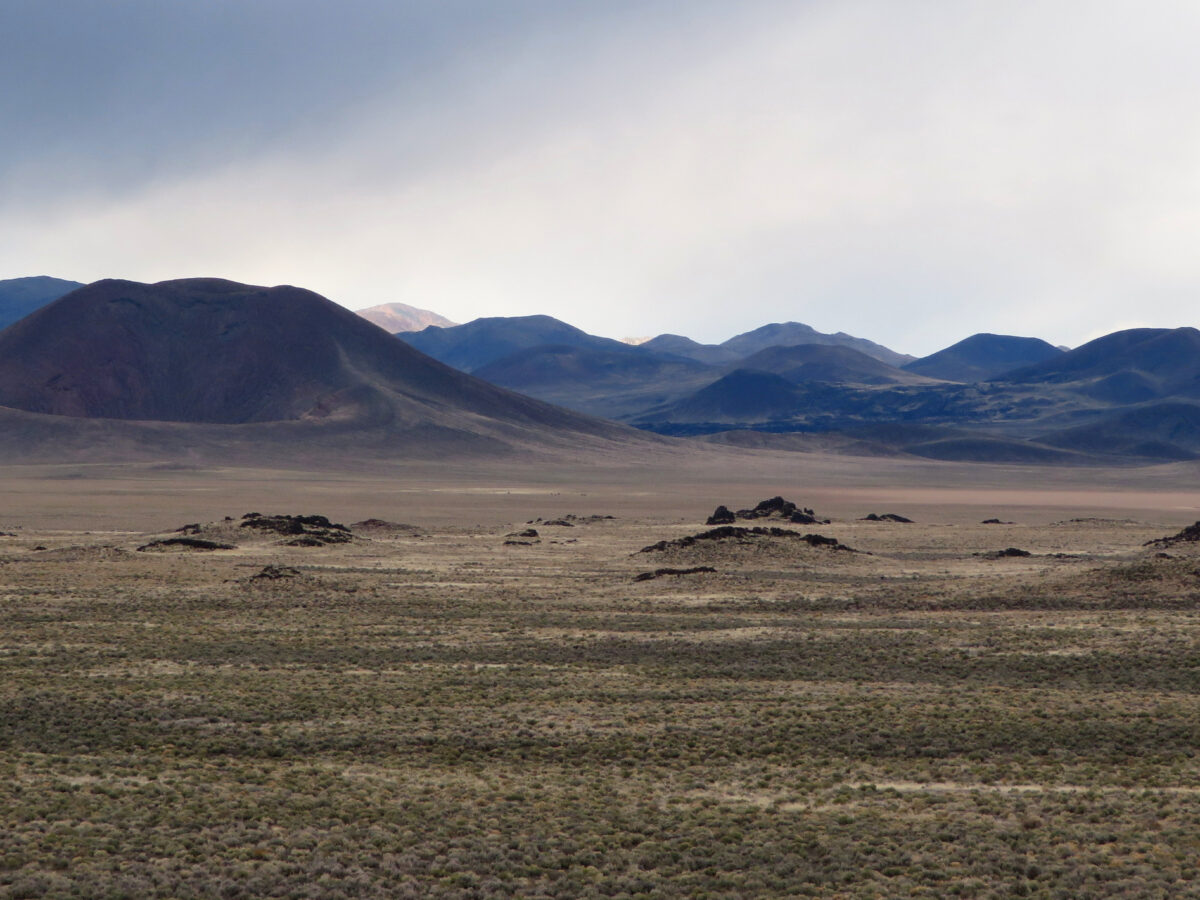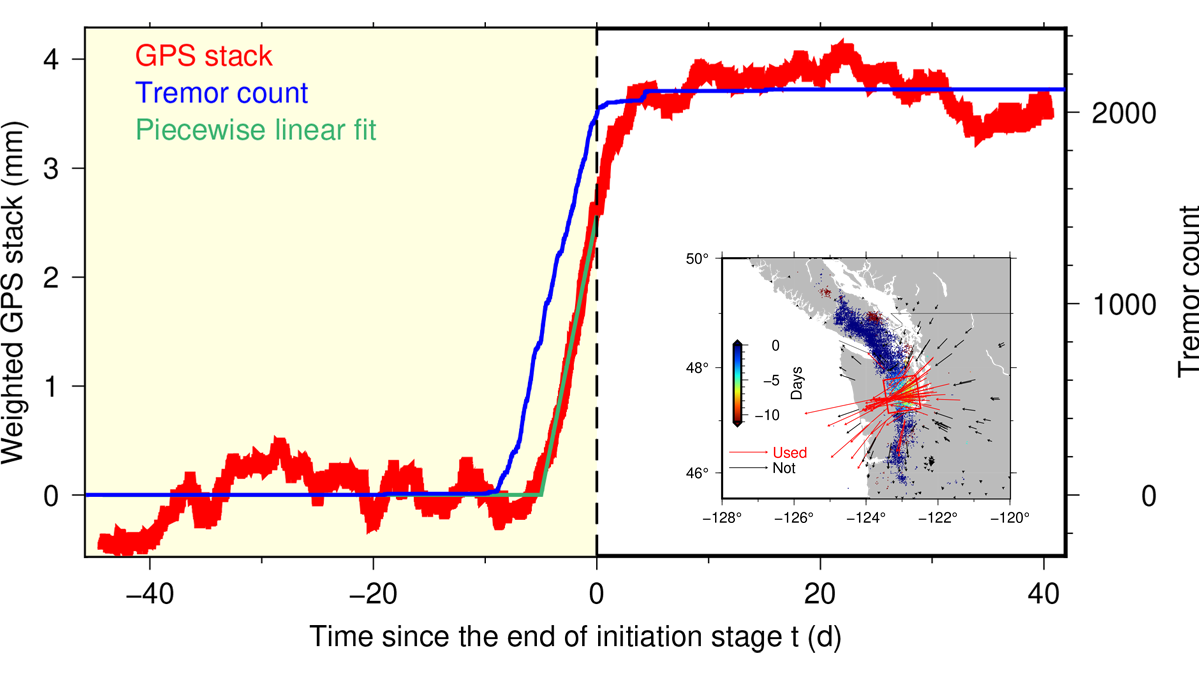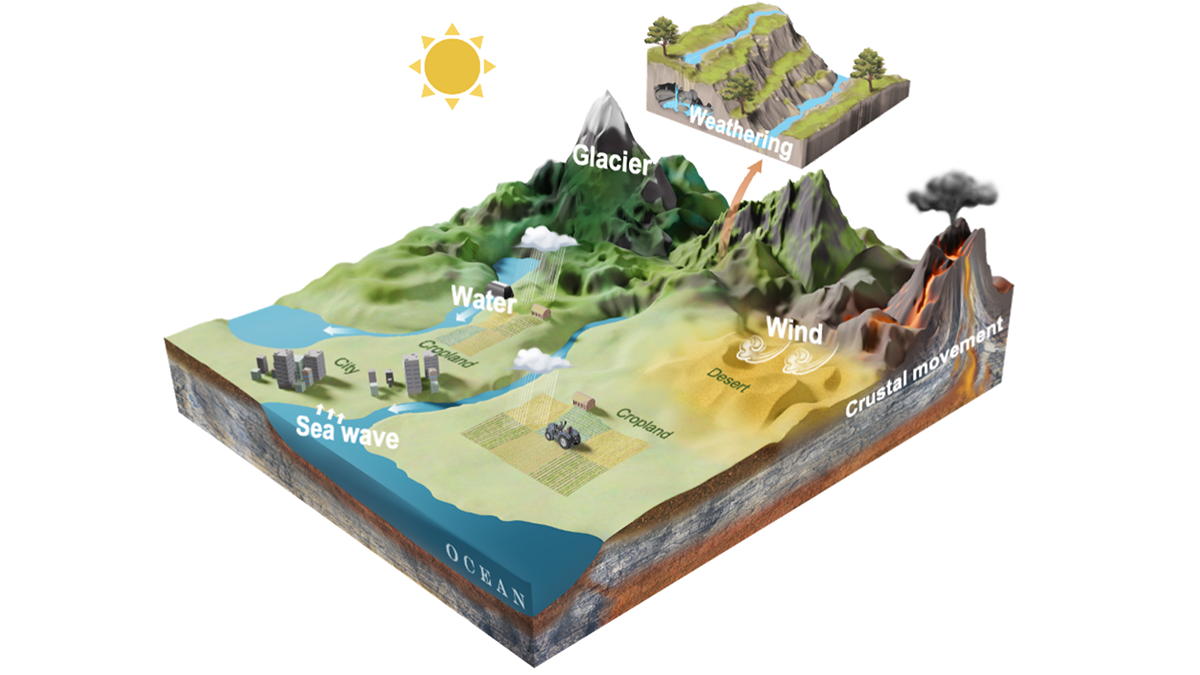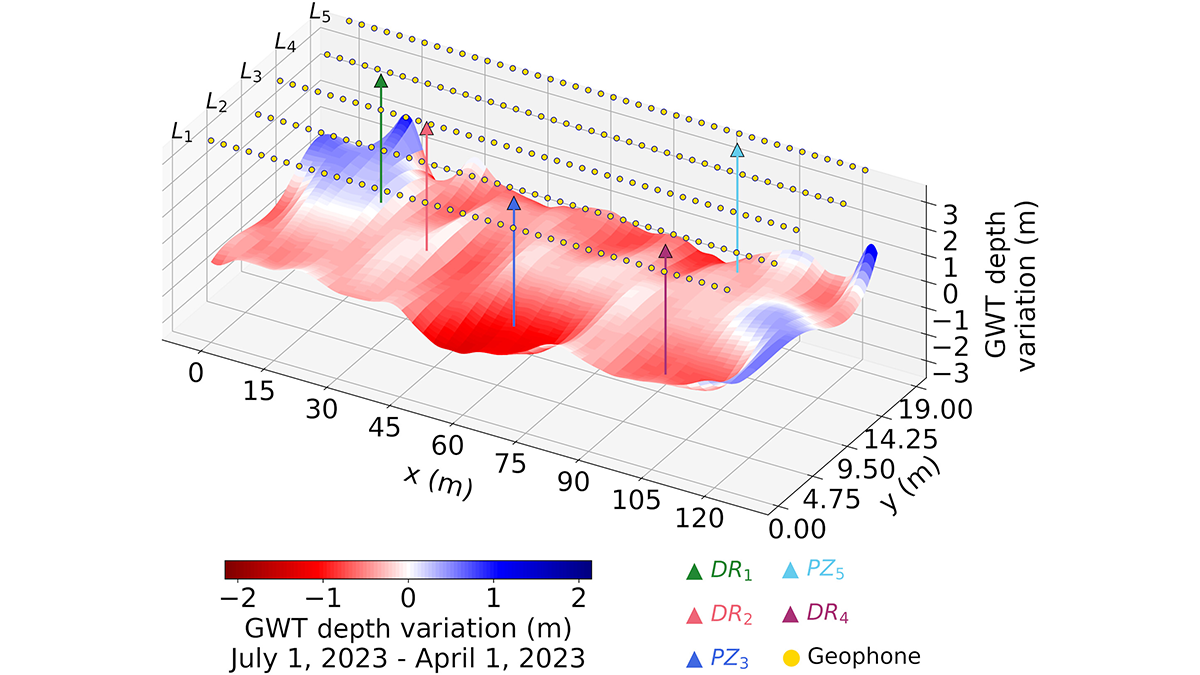New research shows that intraplate volcanism is more likely to occur over areas of the mantle that are more hydrated—particularly those that have been hydrated for a long, long time.
Earth science
Seismometers Provide Fuller Picture of Los Angeles Groundwater
A new method to evaluate deep aquifers shows even torrential rains haven’t fully replenished groundwater beneath Los Angeles.
How (Slow) Earthquakes Get Going
Non-volcanic tremor ramp up precedes slow slip in Cascadia by about a day, indicating that brittle-creeping process interactions control nucleation.
Louisiana’s Wetlands Store Massive Amounts of Carbon. But When Destroyed, They Release It.
Louisiana’s wetlands are one of the planet’s most vital carbon storage centers, but destroying these reservoirs can accelerate harmful emissions that intensify global warming, according to experts.
Erosion: An Overlooked Contributor to the Carbon Cycle
Since physical and chemical erosion yield comparable carbon fluxes, studying both together is essential to avoid biases in erosion-driven carbon flux estimates.
Topography and the Terrestrial Water Cycle
The relationship between topography and the terrestrial water cycle has been documented for thousands of years, yet there is still much to learn about Earth’s complex dynamics – both above, at, and below the surface.
Will Its $154 Billion Price Tag Keep Dust from Being Swept Under the Rug?
Data from 2017 show that costs associated with dust were second only to hurricanes when comparing billion-dollar disasters.
Listening to Groundwater Dynamics
Deep learning from shallow passive seismic data reveals groundwater table depth information in space and time.
NOAA Layoffs Include Two Hurricane Hunter Flight Directors
On 27 February, the Trump administration fired hundreds of employees of the National Oceanic and Atmospheric Administration (NOAA). Among those fired were two flight directors for NOAA’s Hurricane Hunters, a loss that threatens to worsen the quality of hurricane forecasts ahead of Atlantic hurricane season.
Tiny Icequakes Ripple Through Greenland’s Largest Ice Stream
Seismologists made an accidental discovery on the Northeast Greenland Ice Stream, changing the way glaciologists understand how ice moves.










